Colombia is finally getting long-overdue recognition as one of the world’s top tourist destinations. With its cultural heritage, diverse natural beauty, and energetic cities, Colombia is becoming less renowned for Narcos and drugs and more acclaimed as a fun-filled low-cost tourist hotspot.
Medellin gets most of the love and positive press from the likes of the NY Times, BBC, and Forbes. The rest of the country sometimes feels neglected and unappreciated. Don’t get me wrong; I love my Medellin retirement life. The City of Eternal Spring is one of my favorite low cost of living cities in the world, but sometimes even this city boy needs a break from the hustle and din of city life. For a mini-vacation, I head to the Caribbean region of the country. There is too much to see in a short weekend trip, even the week I spent here only scratched the surface of this area’s beauty.
Follow me on a seven-day journey from the UNESCO Heritage city of Cartagena to our jump-off city of Santa Marta. From Santa Marta’s central location, we take day trips into the jungles of Minca, dive in the fish-filled waters of the Caribbean, and finally end with a weekend trip sleeping on a hammock by the ocean in Tayrona.
Where To Go in Colombia
Day 1 to 2 – Cartagena
Day 3 to 4 – Santa Marta
Day 5 – Taganga
Day 6 – Tayrona National Park
Day 7 – Santa Marta
Day 1 to 2 – Arrive in Cartagena and walk the Colonial walled Old Town
INSIDER TIP: Spirit Airlines has cheap three-hour direct flights from Florida to Colombia for under $90 if you’re coming from the US.

International flights arrive in Cartagena around 12:30 PM. The sticky sweet afternoon heat will blast your face as you leave the air-conditioned comfort of the airport, letting you know you’re in the Caribbean. An airport taxi ($20000 COP/$6.50 USD) to get into the Old City should take less than 10 minutes. The colonial walls of the Old City pop will pop into view as your taxi takes the beach road into town. I personally like the Getsemaní neighborhood as a base to explore Cartagena from.
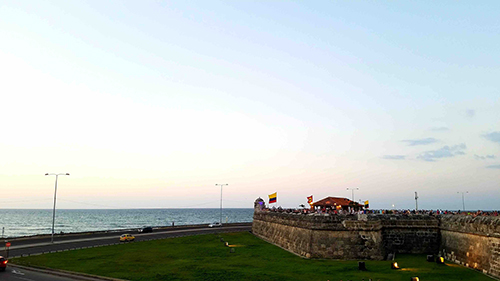
Visitors to Cartagena generally decide between staying in the modern shopping and tourist area of Bocagrande or the grittier, but more historic walled Old City. You can get an Airbnb (if you use this link you’ll get money off your first trip, and I’ll get some too!) for as little as $20 per night. If you’re a bit tired from your journey start by spending the afternoon simply wandering the candy-colored streets inside the walls of the Old City and pay a visit the UNESCO designated Colonial Spanish fort built in the 1500s. No doubt the combination of tropical humidity, heat radiating off the stone walls, and hours of walking will make you ravenous for a merienda or light snack. Could make for a great time to try your first Colombian empanada.
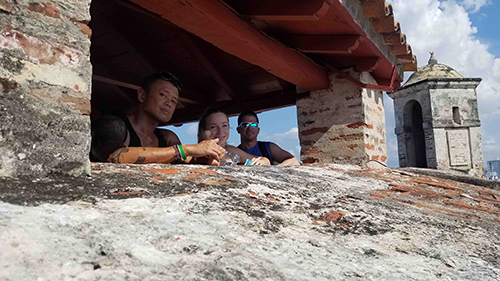
Local street food is a great way to take in the country’s culture. “Eat how the locals eat” gives you a tiny glimpse into the life of an average Colombian. To a Westerner, an empanada is akin to a deep-fried pizza pocket. But an empanada is a culinary cultural mash-up, mixing the Spanish colonization of the country (‘empanar’ is the Spanish word to enclose in bread), the indigenous natives influence who domesticated the corn which is used in the dough, and the fried in oil cooking technique having descended from the African slaves brought to Colombia. Some people may only see a meat-filled donut, but I taste centuries of history. And paprika. I also taste paprika.
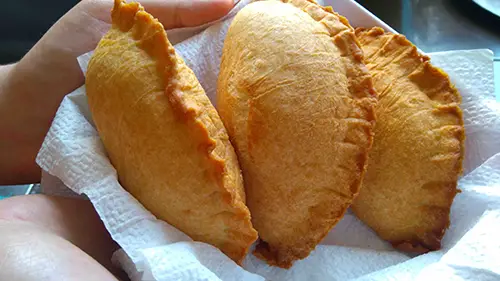
Day 3 Bus ride to Santa Marta
If you’re used to riding creaky buses on nauseatingly twisty roads in SE Asia, the 4-hour bus ride (43,750 COP/$11.25 USD) north to Santa Marta will be shockingly smooth. You can use the rest of the day to explore but I’d also suggest you take it easy as the following 4 days will be a whirlwind of activity.
Santa Marta is regarded as the less popular sister city to picturesque Cartagena. However, what the city lacks in Instagramable-ness is made up for in its central location. Santa Marta is the starting point for any journey to the Lost City, plantation tour in Minca, diving trip in Taganga, or visiting Tayrona National Park.
Day 4 – Touring a cacao plantation
After a short 1-hour ride, a bus will drop you off in the quaint mountain town of Minca. From there you can trek up the mountain to La Candelaría Finca Cacao Plantation to take a tour (note: this place has a few different names, which makes Googling the location confusing. Look for El Paraiso de Tuki and La Candelaria Coffee Farm as well). While waiting for the tour to start you can take some great pictures as the farm overlooks the trees of the valley below. You can also pass the time making terrible bird calls to the resident toucan observing everyone from the nearby trees. The tour explains the cacao growing process from start to finish. The end of the tour is interactive, as you can join the guide in roasting, grinding, and brewing a fresh batch of beans for a delicious hot chocolate.

Day 5 – Scuba Diving off of Taganga
A short 15-minute, 1800 COP/50 cent bus ride from Santa Marta’s downtown delivers you to the coastal holiday town of Taganga. Known by locals and tourists alike for its orange red sunsets, cheap fresh seafood, and playful beaches, Taganga is the perfect introduction to diving in Colombia. Diving in Colombia is super cheap compared to other parts of the world. Certified divers can get dives, equipment rental, and snacks for less than $30 a dive. For those new to the game, Discover Scuba dives, which don’t need any previous experience, are less than $70. For those wanting a full-fledged Open Water Certification, classes and dives are less than $300. Honestly, the waters off of Taganga doesn’t compare to dive sites where I cut my teeth in the Philippines, Indonesia, and Thailand. But spending $60 for a couple of dives is very cheap.
Day 6 to 7 – Sleep on Hammocks on El Cabo Beach Inside Tayrona National Park
Hiking to El Cabo, sleeping overnight, and hoofing it back to Santa Marta the next day is a tight timeline. If you want a more relaxed itinerary just give yourself an extra day to explore the national park. You can easily spend several days hiking, playing on different beaches, and enjoying sunset beers here.
The bus ride from Santa Marta’s central market to Tayrona takes about 1 hour and only costs about 10000 COP/$2. The park prices below are recent as of February 2020:
Entrance Fee to Park 66500 COP/$17
Mandatory Insurance (per day) 15000 COP/$4
Food and Water (per day) $15
Hammock $40,000 COP/$10
Tents 60000 COP/$15.50
Rough Rooms $100,000 COP/$26
The hike into the park is long but isn’t rugged by any means. If you start at 8 AM, you should stroll into El Cabo by around 3 PM. If you enjoy your hike and take a few selfies to prove how awesome the park is on social media, you will arrive around 4 PM.
Don’t worry if you don’t have your hiking boots with you. A good pair of Nikes did me just fine. You will want to start early in the morning to avoid as much of the afternoon heat as possible. Seriously, I’m from a tropical island in SE Asia, and I felt like dying in the Caribbean afternoon sun.
For eats, the food inside the park isn’t great, but it isn’t ridiculously overpriced either. Expect to spend around $12 to $15 per day for food and water. I could have saved money by hiking all my meals into the park by a backpack, but trekking canned goods and heavy water for 6-7 hours isn’t worth saving a few extra dollars. Whether you decide to hike your food in or buy in the park, either way, you cannot bring any outside alcohol into the park. Sandwiches and water, yes. Beer, no.
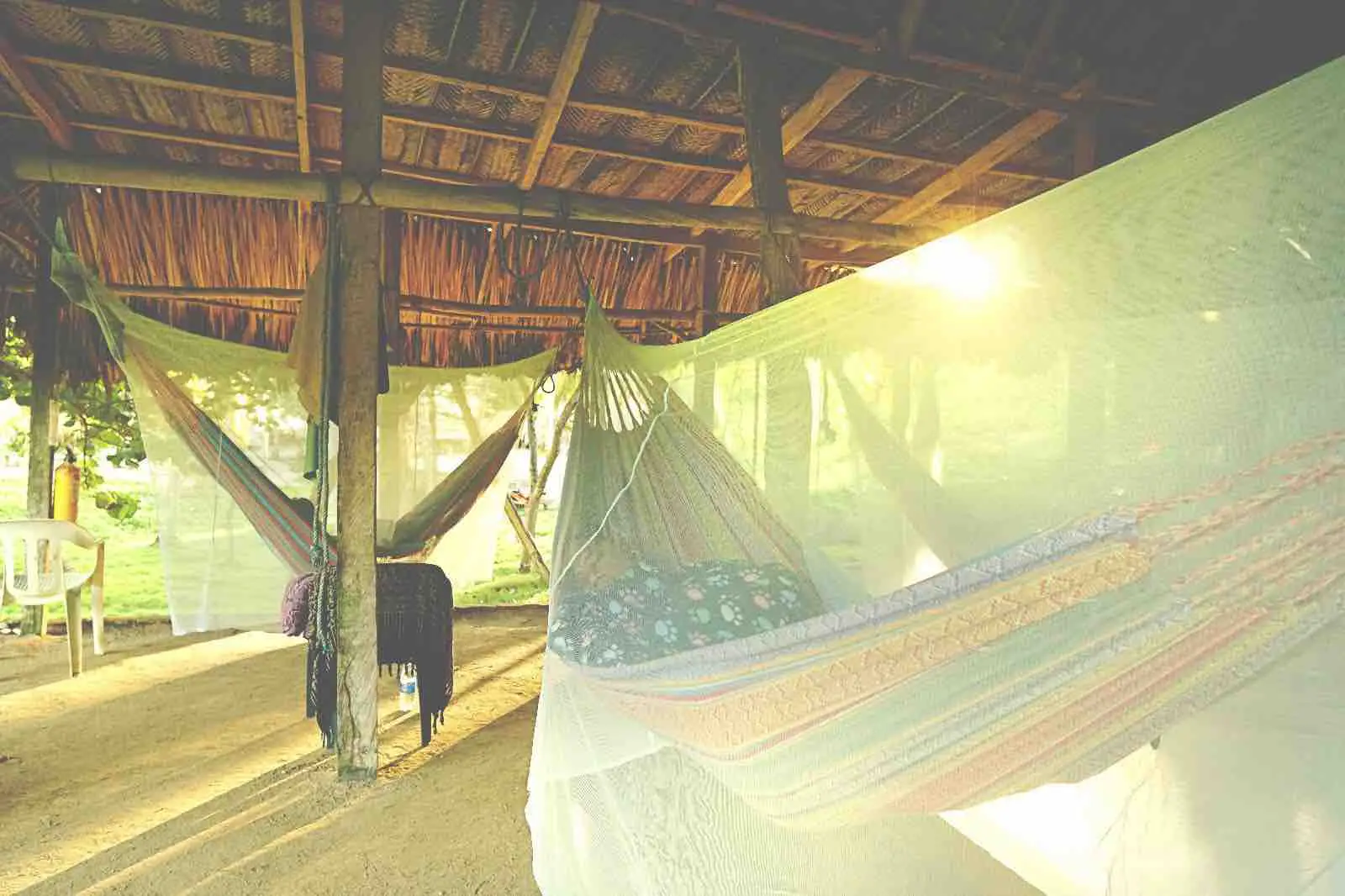
Sleeping in a hammock on the beach has a romanticized notion to it. My experience sleeping in a hammock on Playa de Los Angeles was overrated. First of all, it’s freaking cold. Remember my earlier warning about the heat a couple of paragraphs above? Well, the quintessential Tayrona hammock experience means sleeping in an exposed hut. After the sun dips and night hits, the wind coming off the water bites and chills your bones while you sleep. Second, I have no idea when these hammocks were last cleaned. With a bed, I can rest easy knowing the sheets were changed after a grungy unwashed backpacker oozed who-knows-what overnight. With a cloth hammock, there was a bit of an unknown ick factor. If you want to save money though and have a different experience it will do that for you!
Day 7 Back to Santa Marta
One last thing to top off this Colombian mini-vacation; shots of Aguardiente. Translated into English as ‘firewater,’ this local schnapps is distilled from sugar cane, but tastes like black licorice. The thought of that taste either makes you salivate or gag, depending on if you have proper functioning taste buds. But after a tiring fun-filled week, it will probably sound appealing either way. Salud!
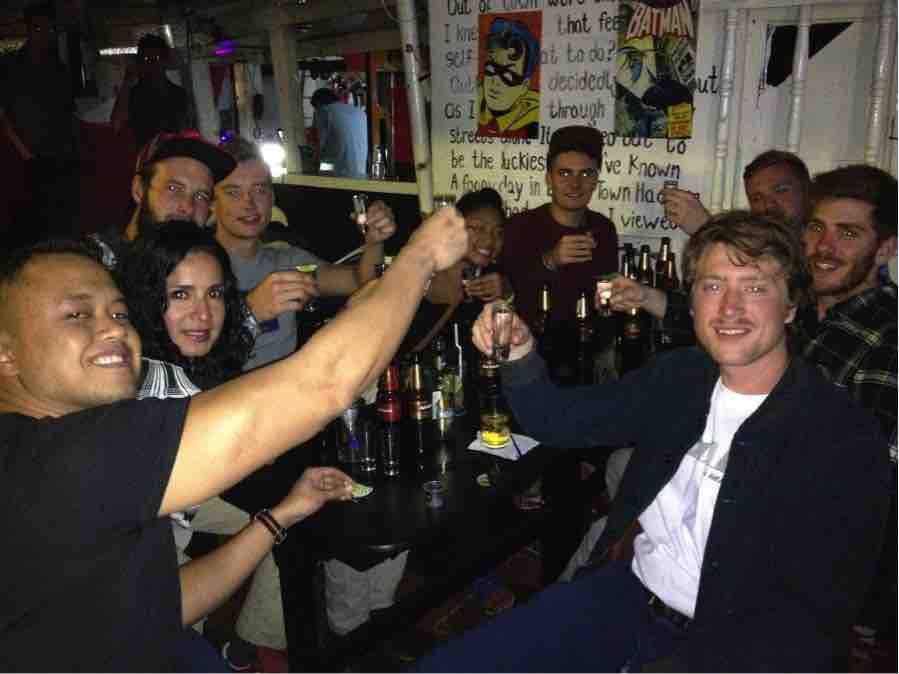
Have somewhere to add to where to go in Colombia? Let me know in the comments below.
Marco Sison, Nomadic FIRE
On his website, Marco details simple, low-cost strategies to save for retirement. Nomadic FIRE is a lifestyle combining digital nomad slow travel and the investing principles of the Financial Independence Retire Early (FIRE) movement. Retired at 41 years old, Marco has traveled the last 5-years to over 40 countries to bring you the best ways to save, invest, and live in amazing countries for 70% less cost than the US.
Find out more about him on his Blog | Facebook | Instagram | LinkedIn | Youtube | Twitter

Like it? Pin it ?
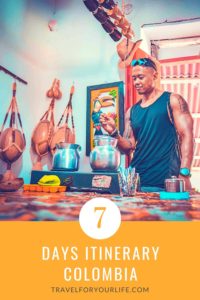

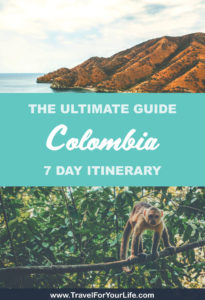
Related Posts
What To Do in Cartagena, Colombia
Set on the Caribbean Sea with a fascinating colonial history there’s no shortage of things to do in Cartagena, Colombia. A popular backpacker destination, in addition to the city’s historic fortifications, charming, colorful colonial architecture, and vibrant culture...



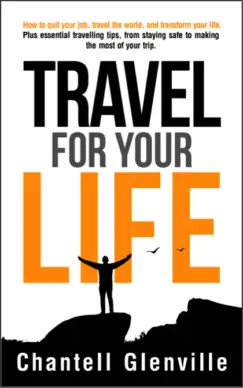

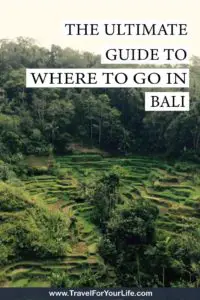
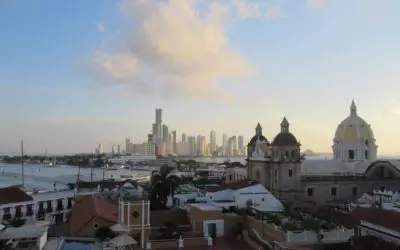

0 Comments